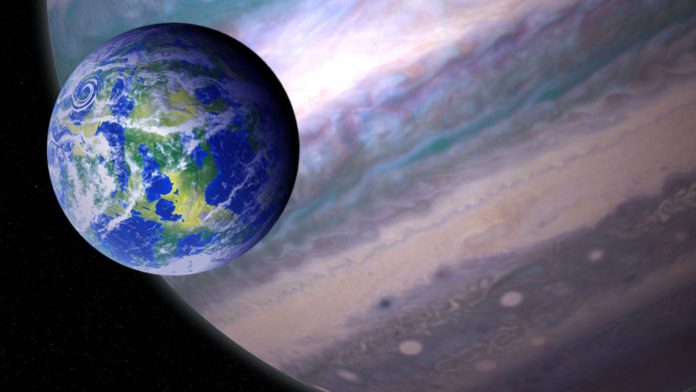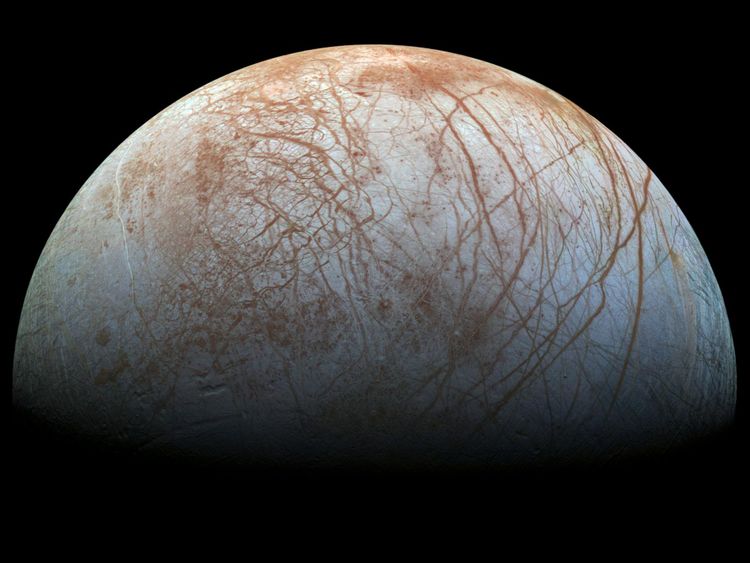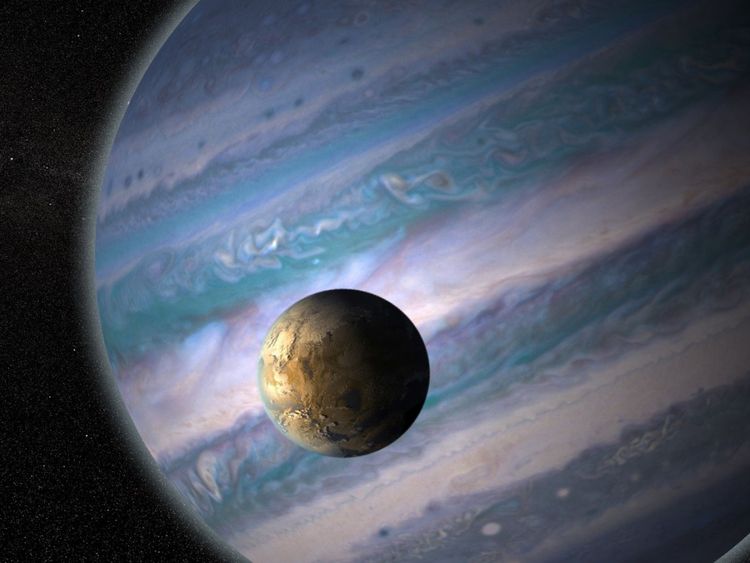[ad_1]
The search for alien life continues as scientists have identified 121 giant planets which could potentially have habitable moons.
Researchers from the University of California, Riverside, and the University of Southern Queensland have published their findings in the Astrophysical Journal.
The moons they spotted are believed to be capable of supporting life, and their work is going to help towards designing a telescope which will scan their atmospheres for biosignatures – the tell-tale signs of life.
Thousands of exoplanets – planets in other solar systems – have been discovered since NASA’s Kepler telescope was launched in 2009.
One of Kepler’s primary objectives is identifying planets within the habitable zones of their stars, the just-right temperature range for liquid water to exist.
Terrestrial (or rocky) planets are the prime targets in this quest to find life because they are expected to be similar to Earth, but astronomers are also looking at gas giants.
Planets like Jupiter are not candidates for life themselves, but if they are within the habitable zone, they could be home to rocky moons – called exomoons – which could sustain life.
One of Jupiter’s actual moons, Europa, is believed to contain a vast liquid water ocean beneath its frozen surface – and potentially extraterrestrial life.
In May, NASA scientists published a paper showing evidence that the Galileo spacecraft could have flown through a water plume from Europa in 1997.
“There are currently 175 known moons orbiting the eight planets in our solar system. While most of these moons orbit Saturn and Jupiter, which are outside the Sun’s habitable zone, that may not be the case in other solar systems,” said Dr Stephen Kane.
Dr Kane, who is an associate professor of planetary astrophysics and a member of the UCR’s Alternative Earths Astrobiology Center, added: “Including rocky exomoons in our search for life in space will greatly expand the places we can look.”
The team has found 121 giant planets that orbit within the habitable zones of distant stars. Most of the gas giants are more than three times the size of Earth, but they are believed to host several large moons.
Exomoons are anticipated to provide an excellent environment for life because they would receive energy from both their star, but also radiation reflected off of their planets.
No exomoons have yet been confirmed by the researchers however.
Michelle Hill, an undergraduate student at the University of Southern Queensland who is working with Dr Kane, said: “Now that we have created a database of the known giant planets in the habitable zone of their star, observations of the best candidates for hosting potential exomoons will be made to help refine the expected exomoon properties.
“Our follow-up studies will help inform future telescope design so that we can detect these moons, study their properties, and look for signs of life.”
[ad_2]






